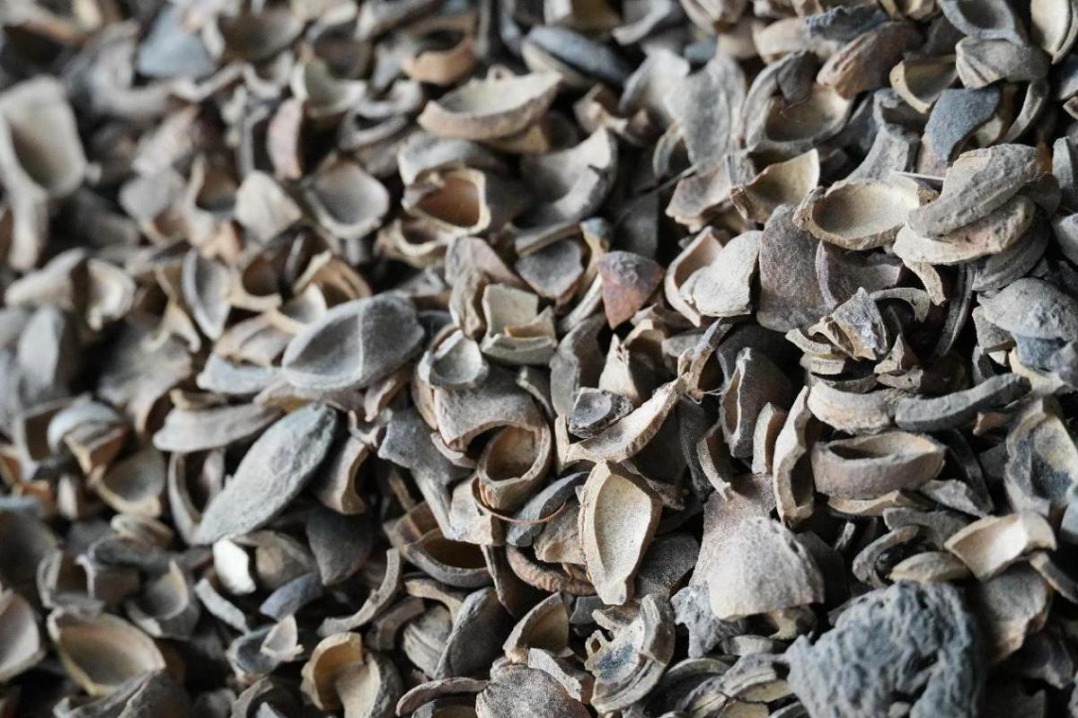Science is revolutionizing the art of embalming

In 2002, he was offered the chance to go to Canada to learn from his Western counterparts in embalming and cosmetic surgery techniques.
Xu called the experience "eye-opening" as he discovered the versatile skills and techniques his Canadian counterparts employed.
Returning home with his newly acquired skills and techniques, Xu also brought back an innovative mind.
He has turned to advanced technology, such as 3-D printing, to address challenges he faces daily and in the overall development of the profession.
According to Xu, one of the pressing issues faced by the embalming profession is a great shortage of practitioners.
But he is optimistic as he has observed a growing respect and acceptance of his profession as people are paying more attention to the deceased.
Xu said that back in the early 2000s families usually only wanted a simple cleanup and makeup service.
"Now they also focus on details," Xu said.
For example, they used to use cotton and corpse preservative to fill bodies. Now they are frequently required to use sculpture manufacturing technology for body reshaping.
Moreover, Xu said, use of new technologies, such as 3-D printing, is helping to make embalming more appealing to educated young people.
Four universities in the country offer embalming as a major, teaching embalming and makeup techniques in a systematic and professional way.
"The future of this industry is bright. No matter how society develops, we will always need technicians who will do this job with a full heart," Xu said.
heqi@chinadaily.com.cn
- France's intl food and beverage exhibition opens in Shanghai
- Museums are free between 17-19
- Hubei's tourism sector flourishes during May Day holiday
- Hebei's innovative energy storage station sets new standard for clean power in North China
- New Archaeopteryx fossil sheds light on bird evolution
- China urges Philippines to halt 'risky' acts near South China Sea island





































